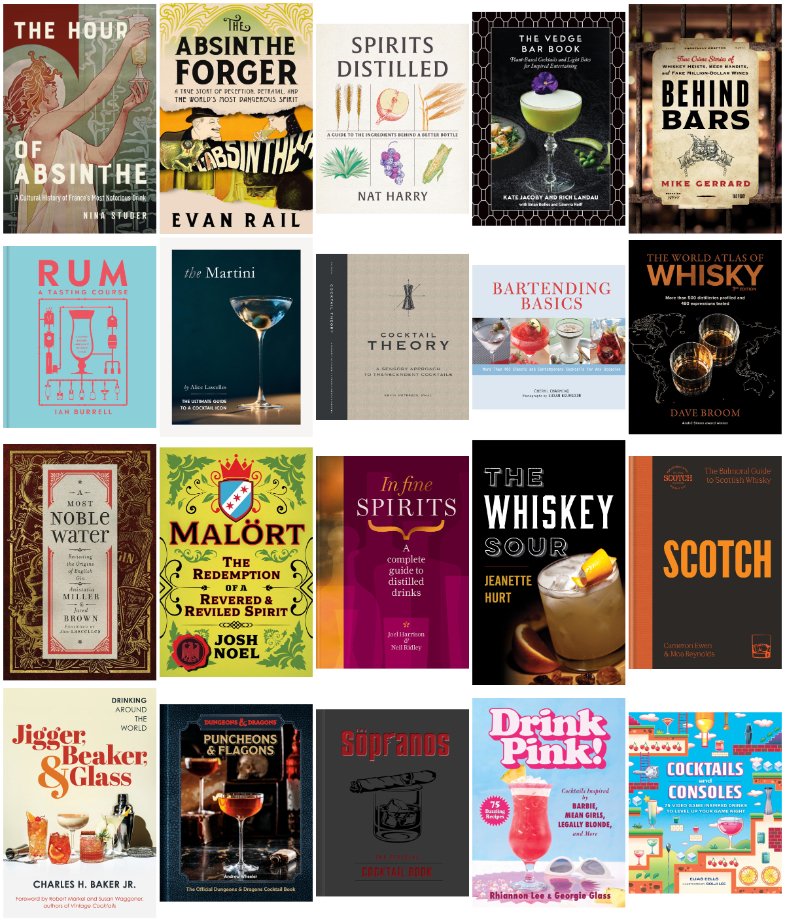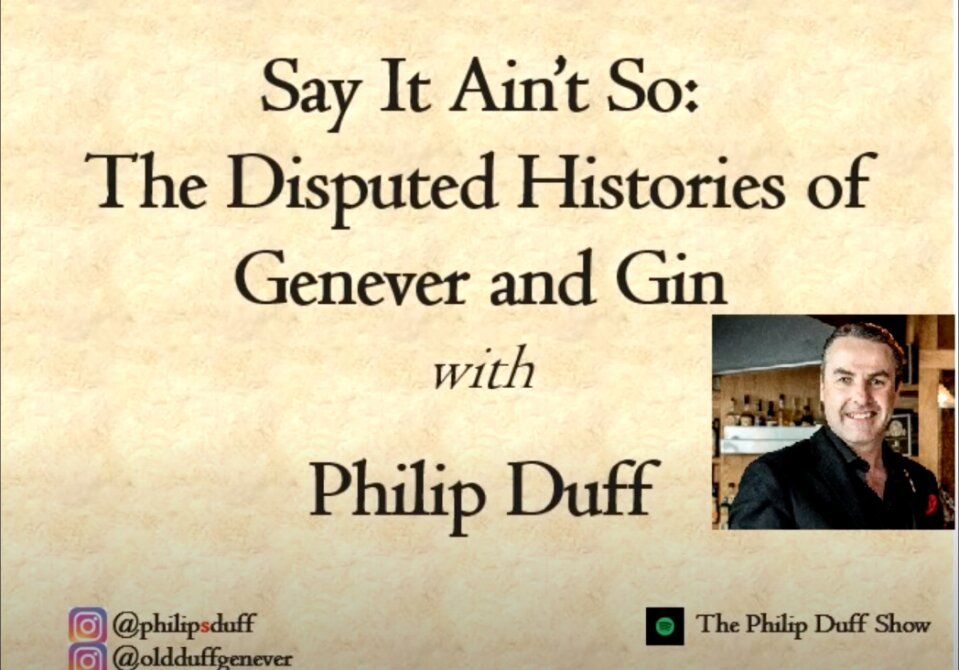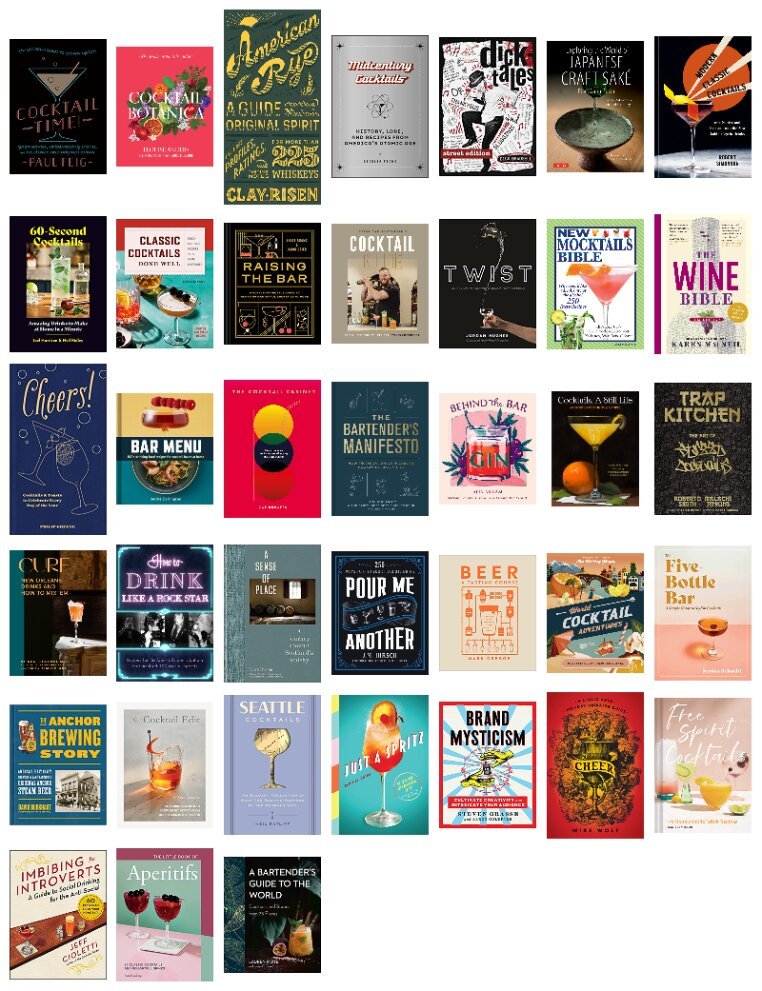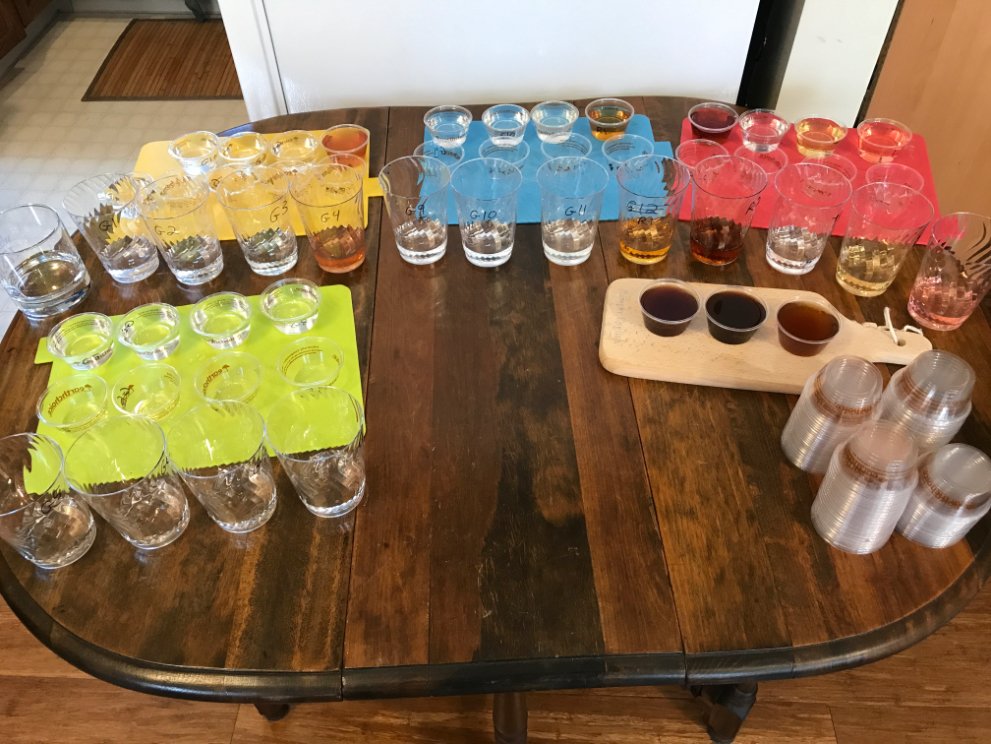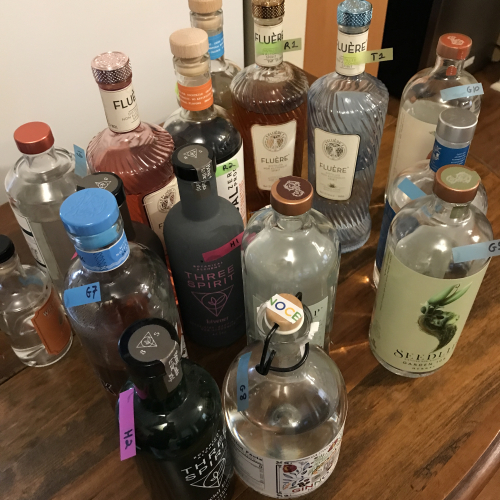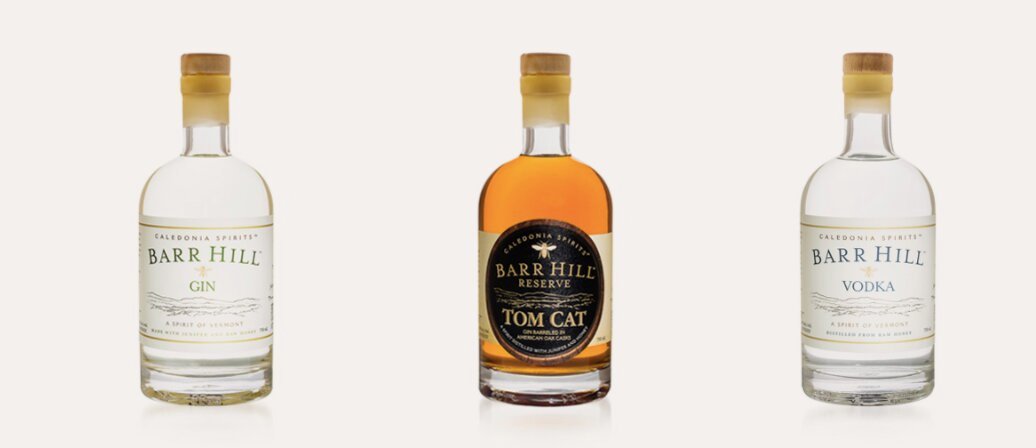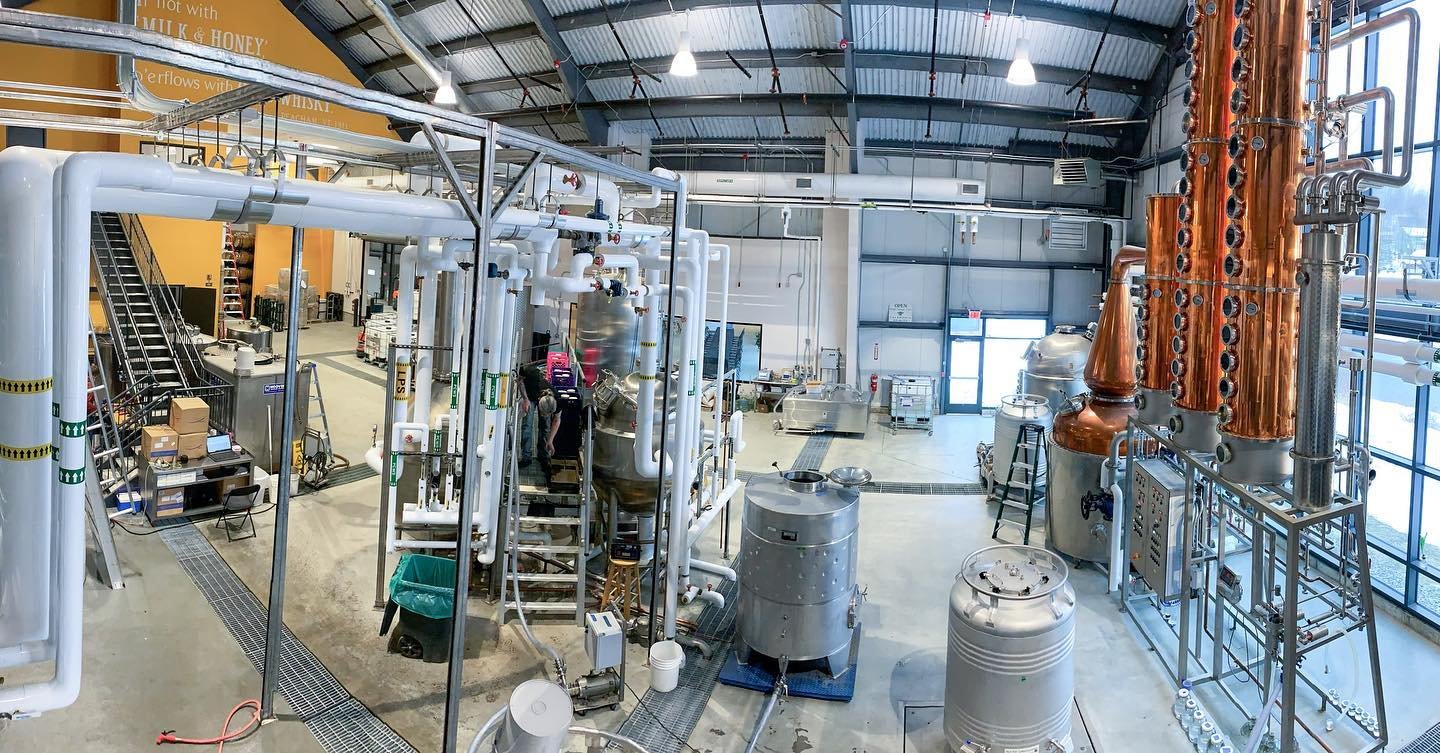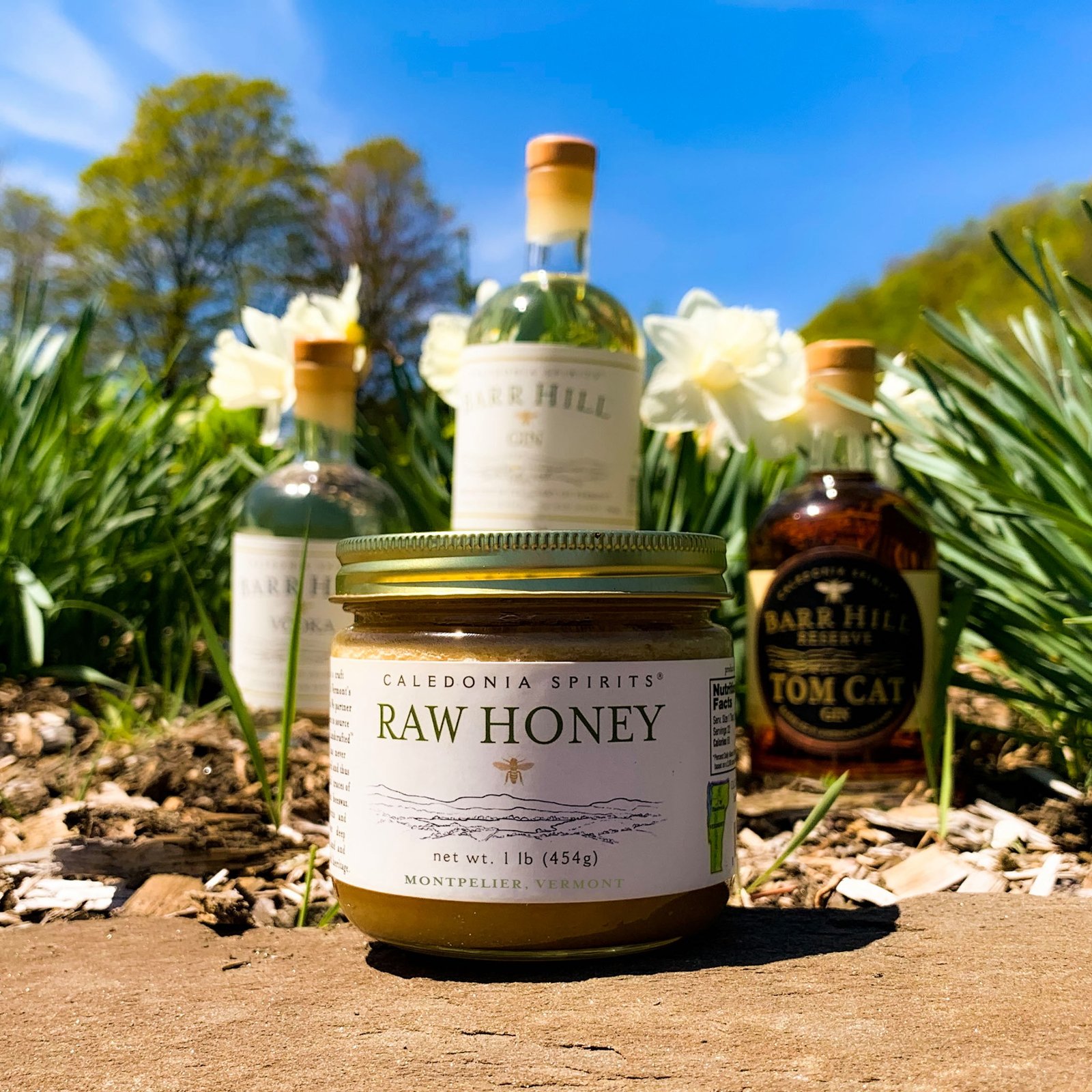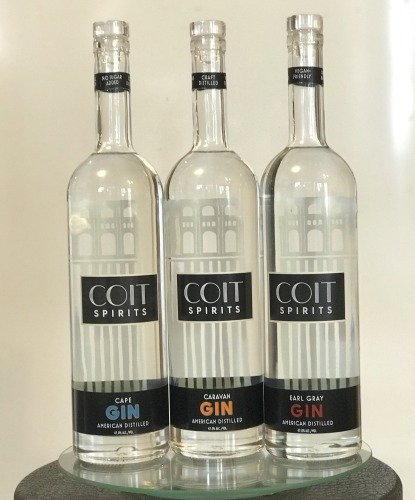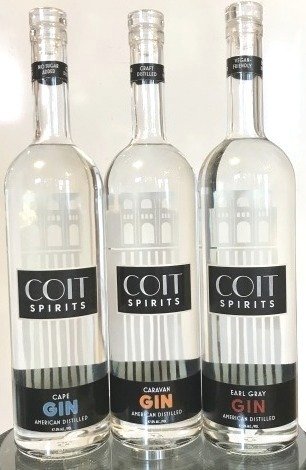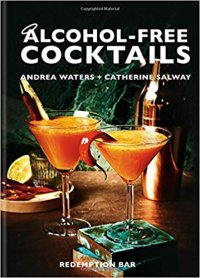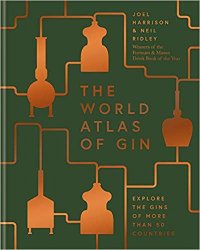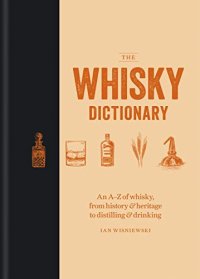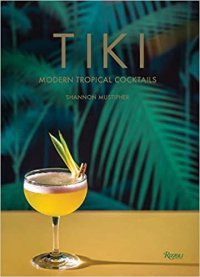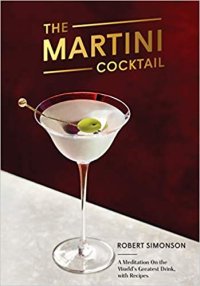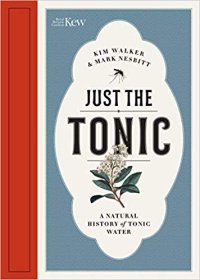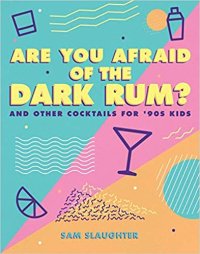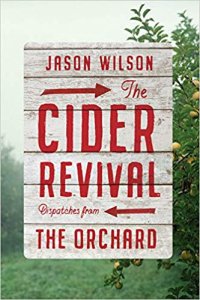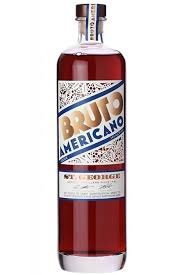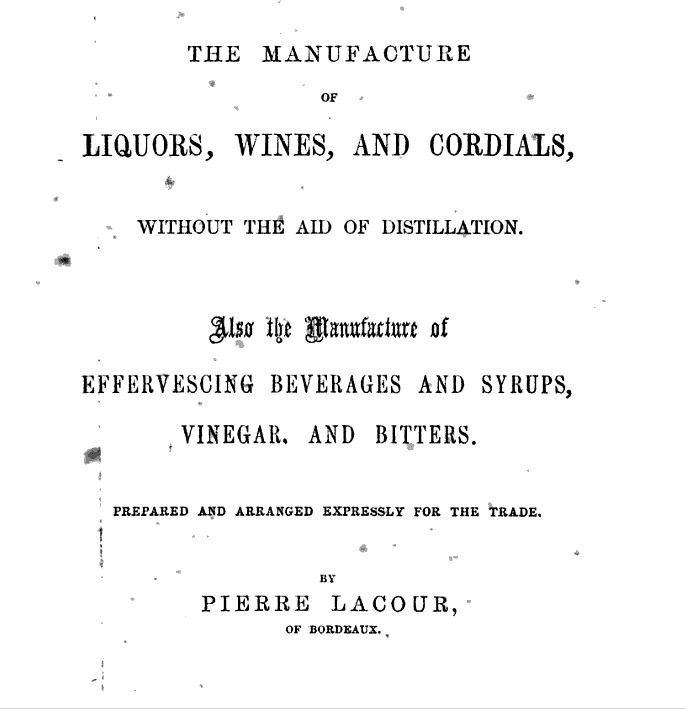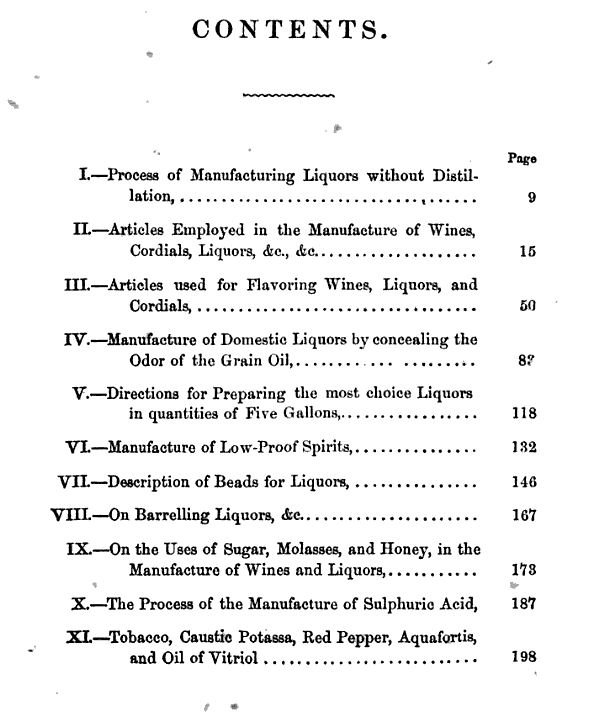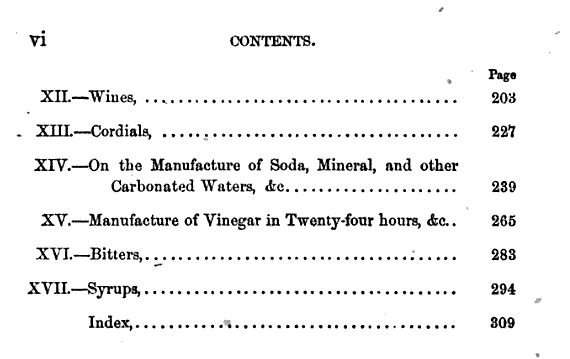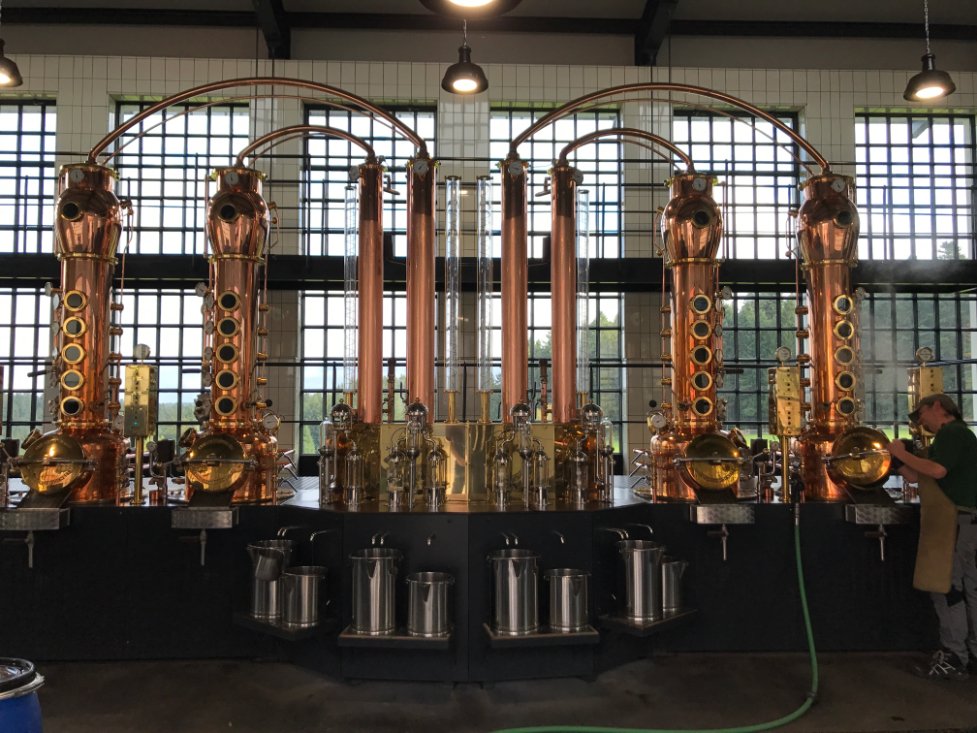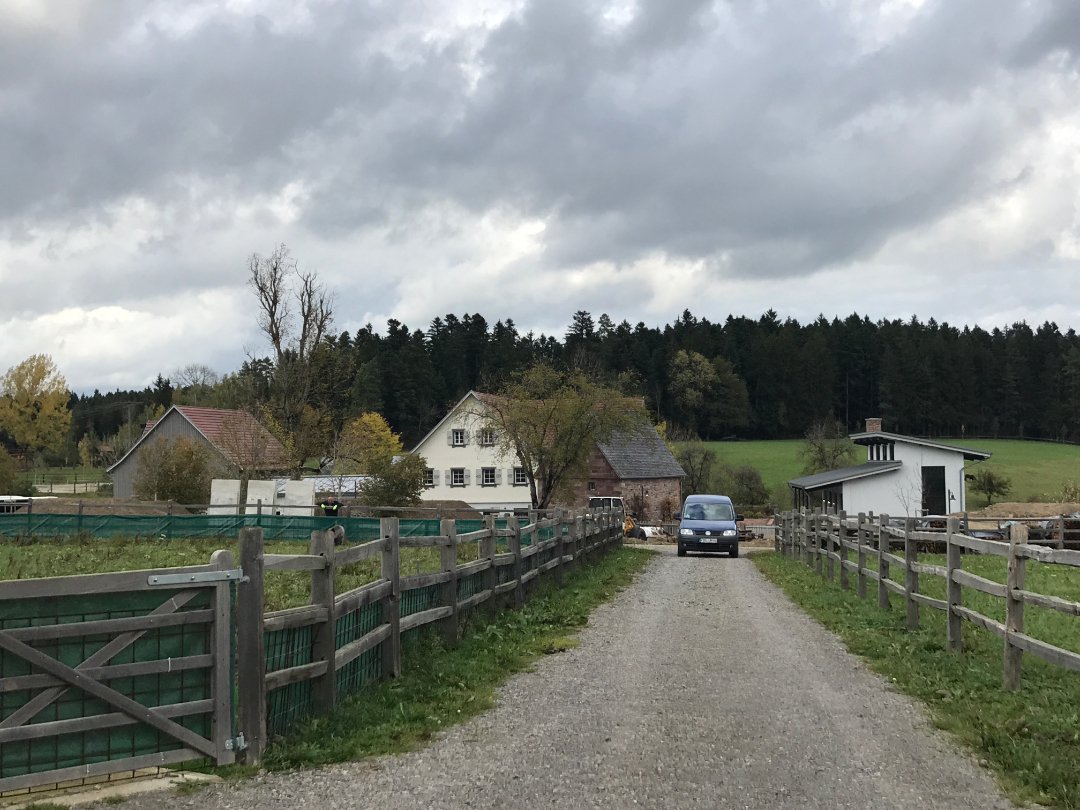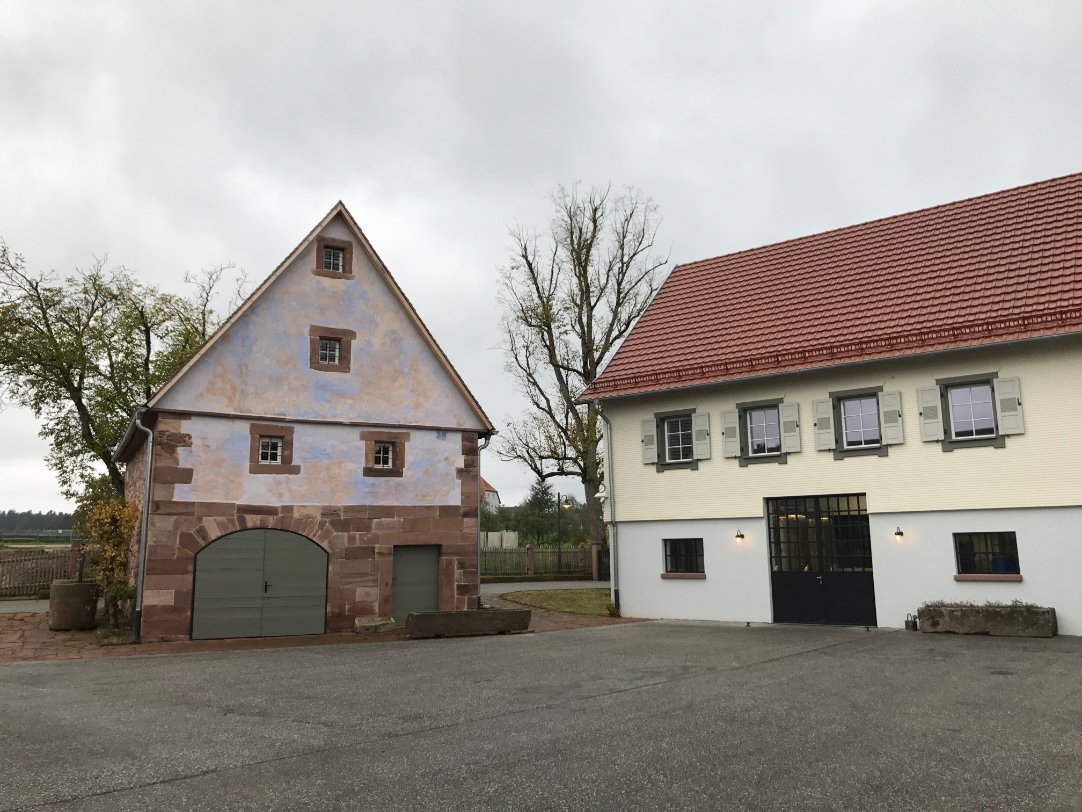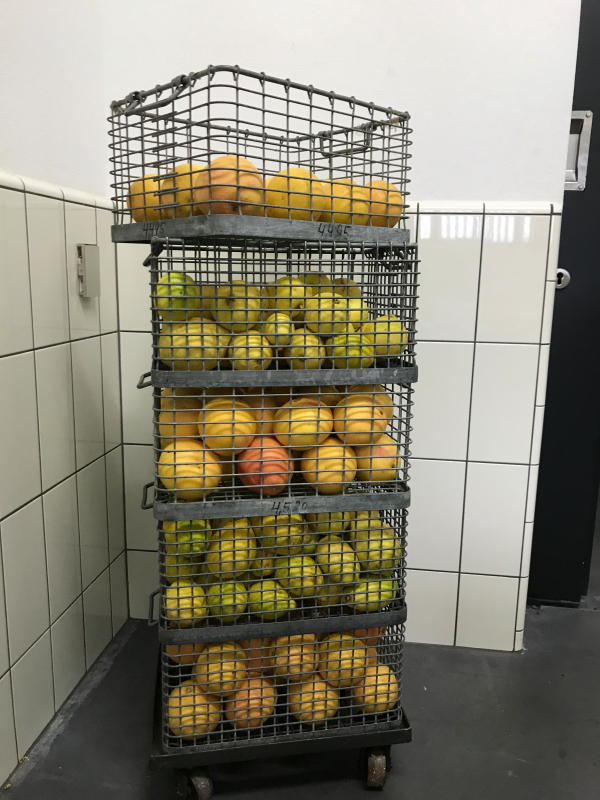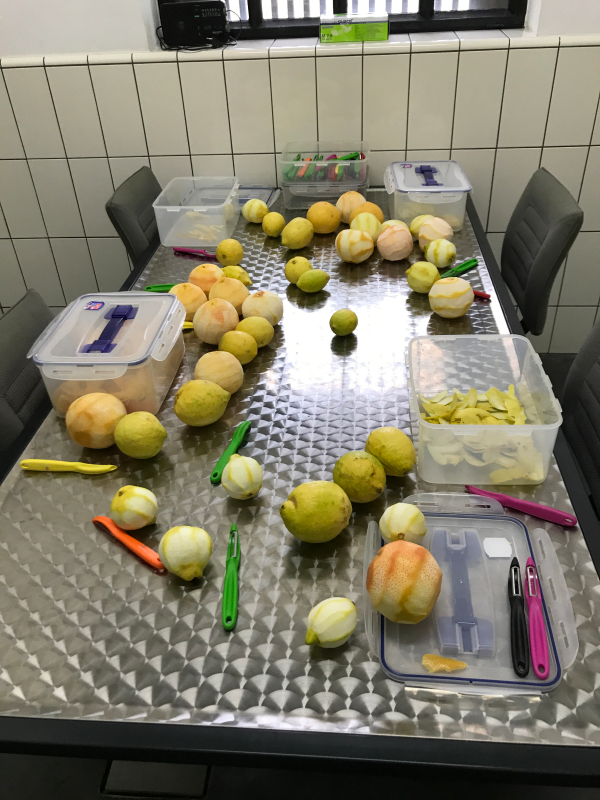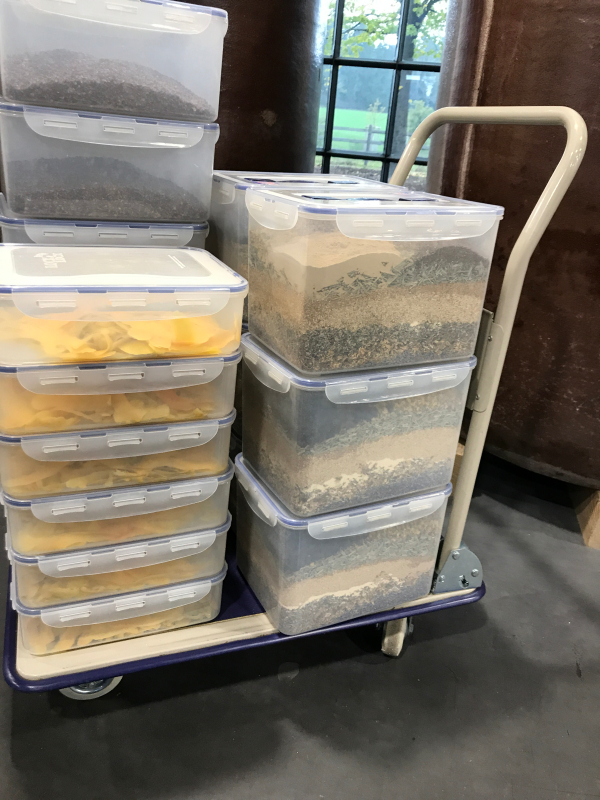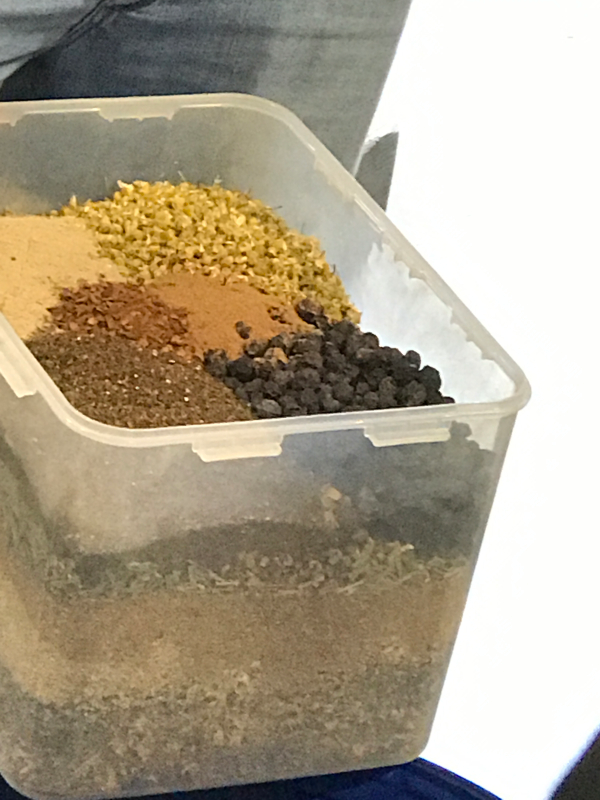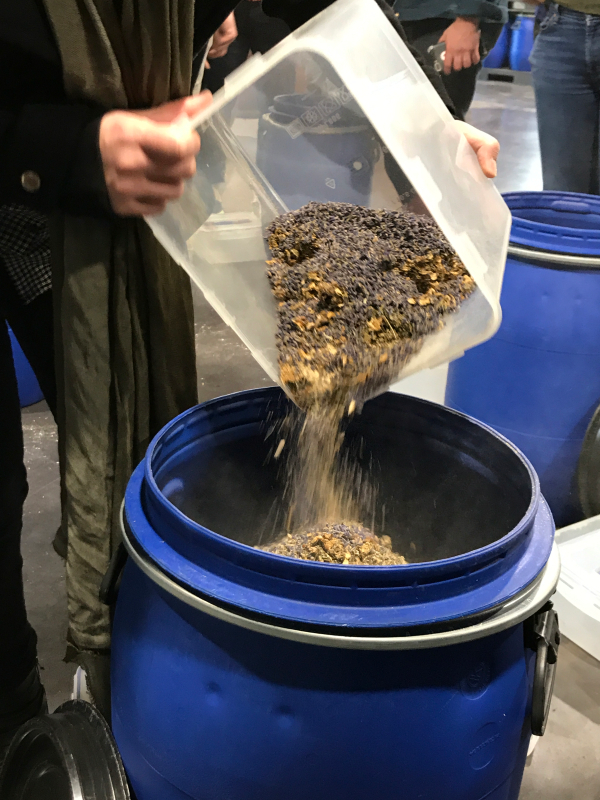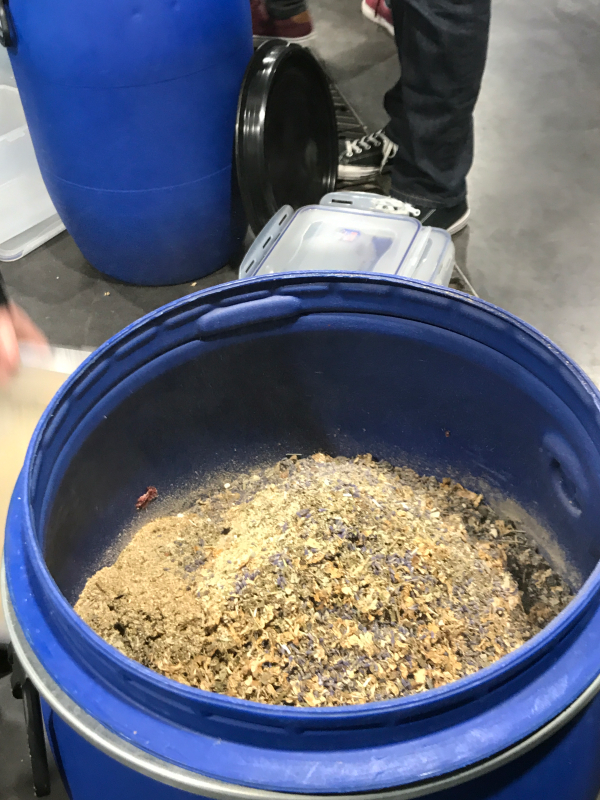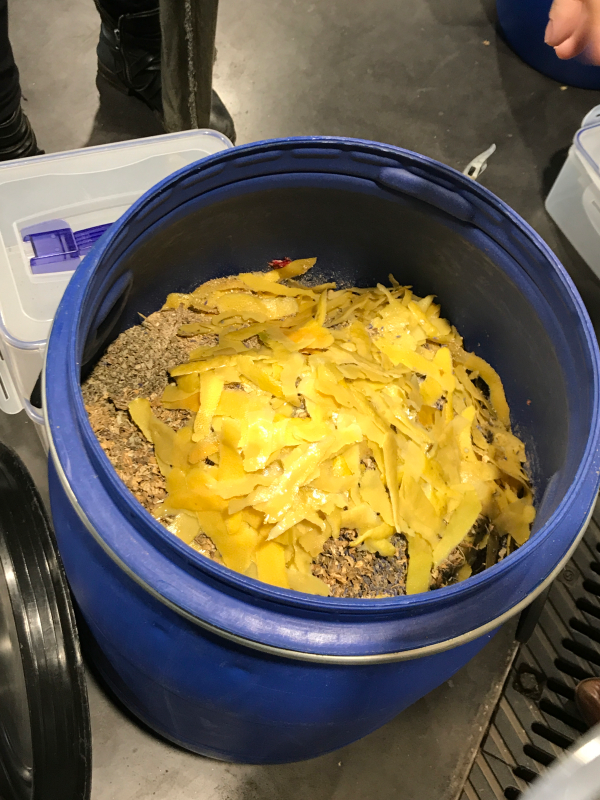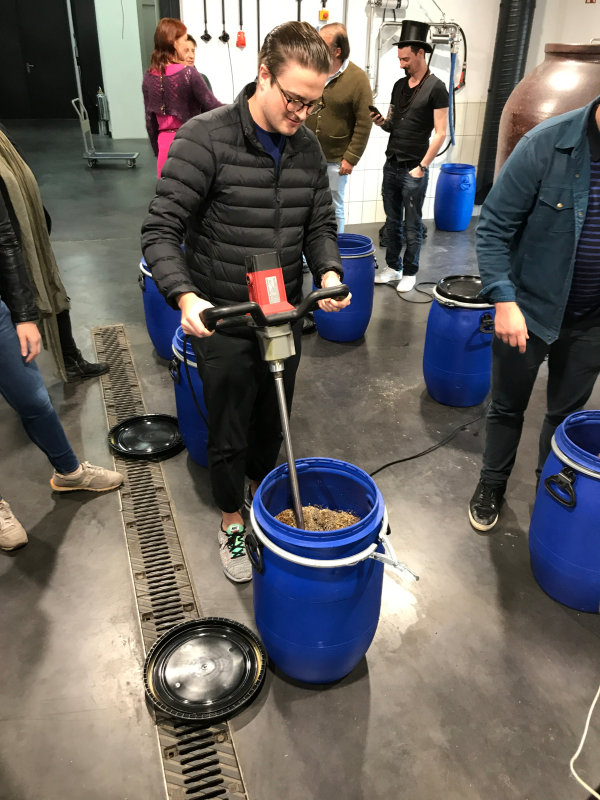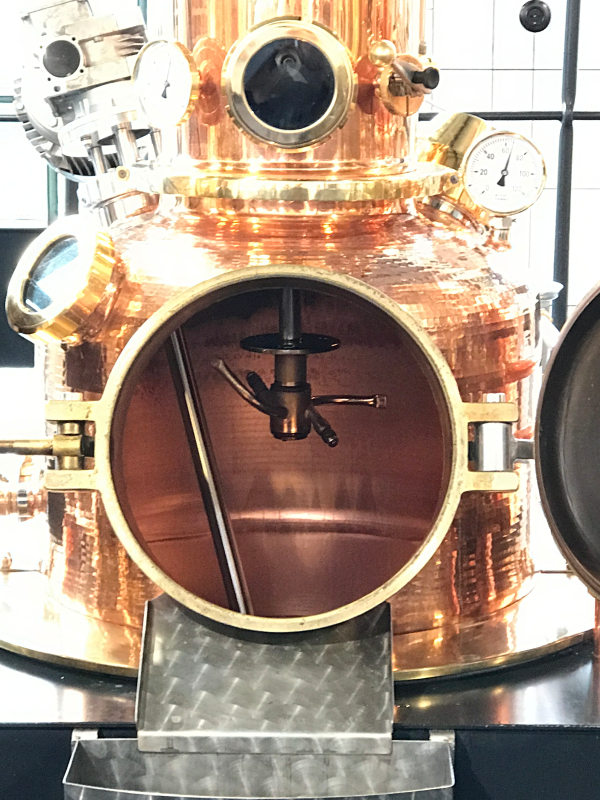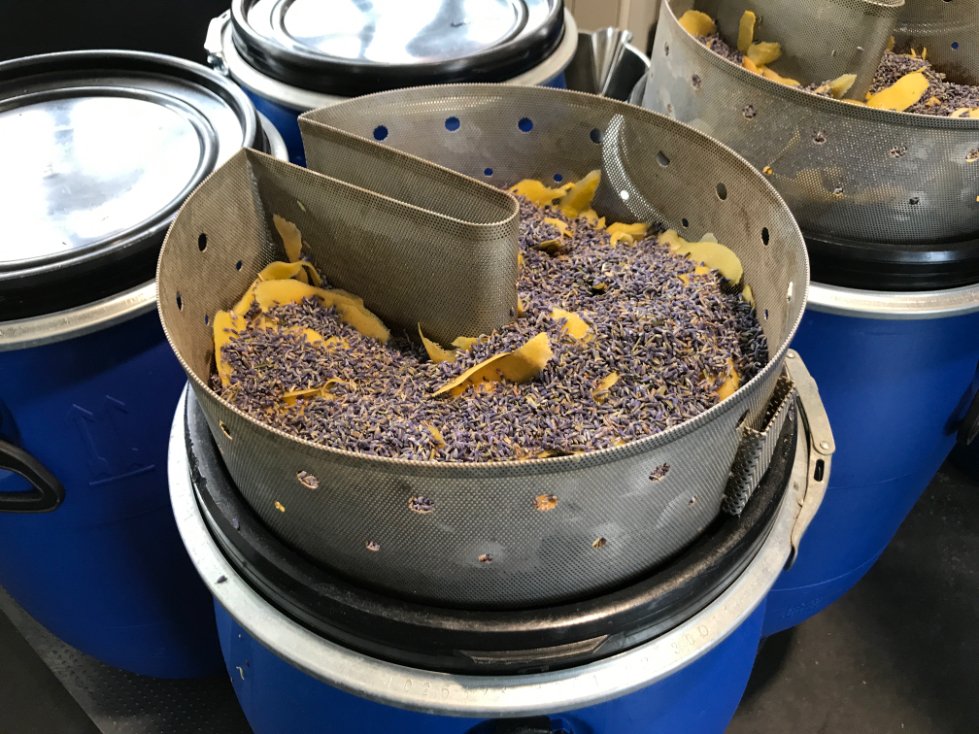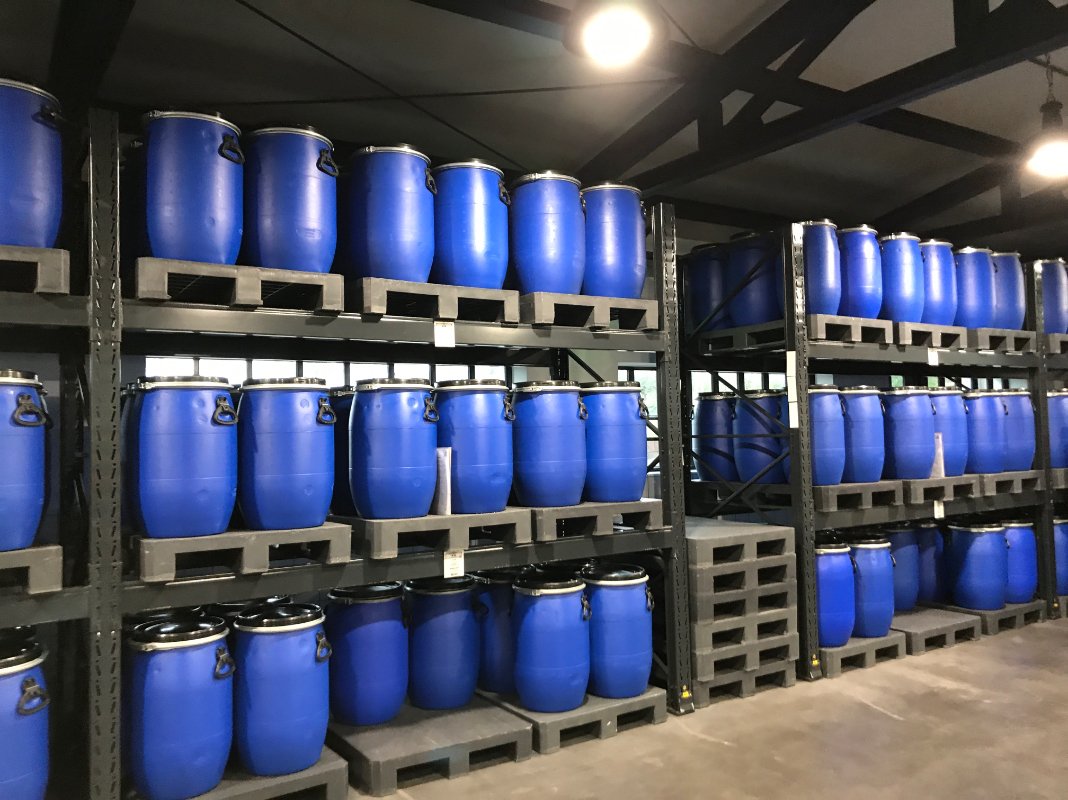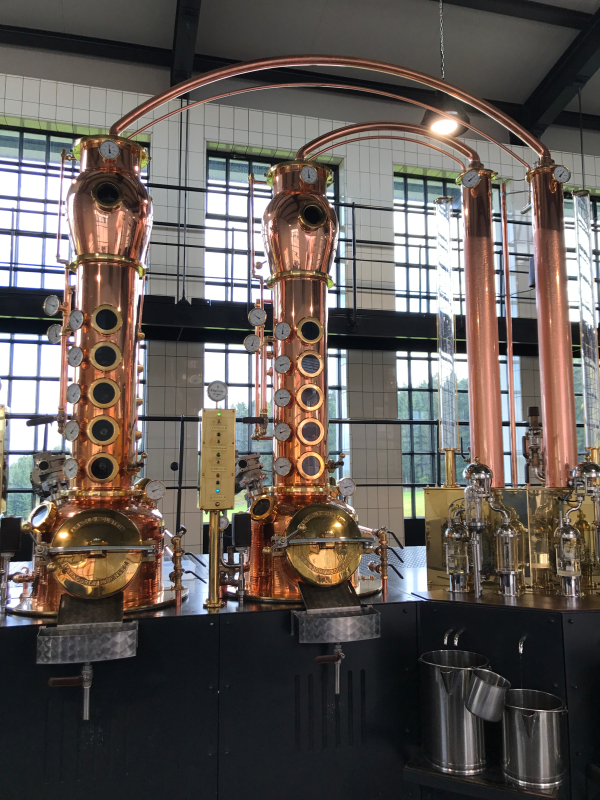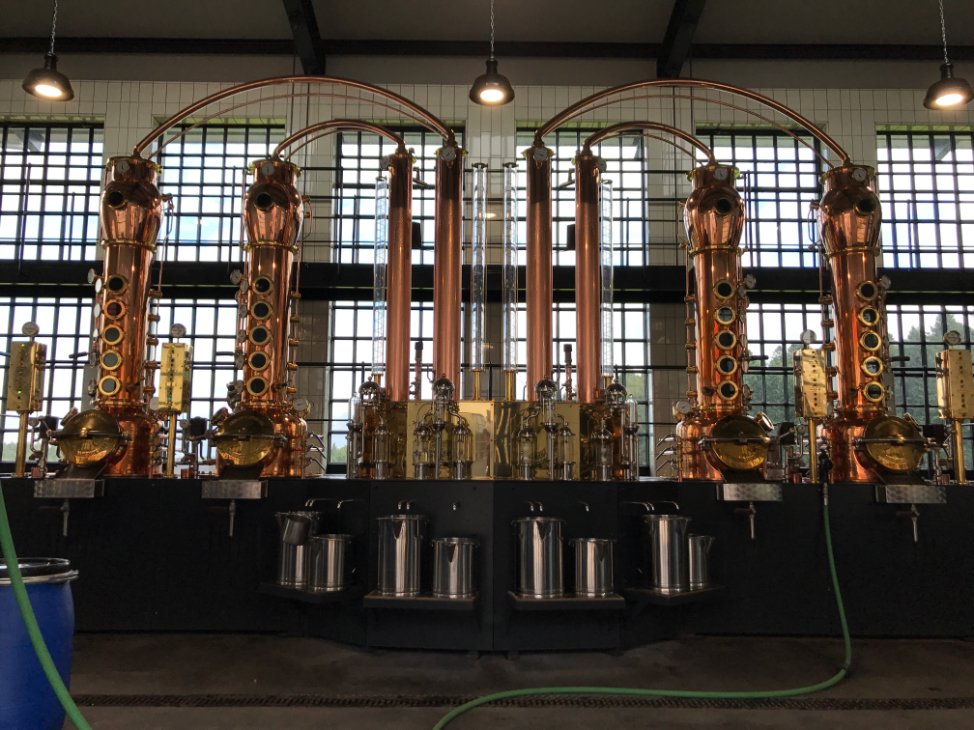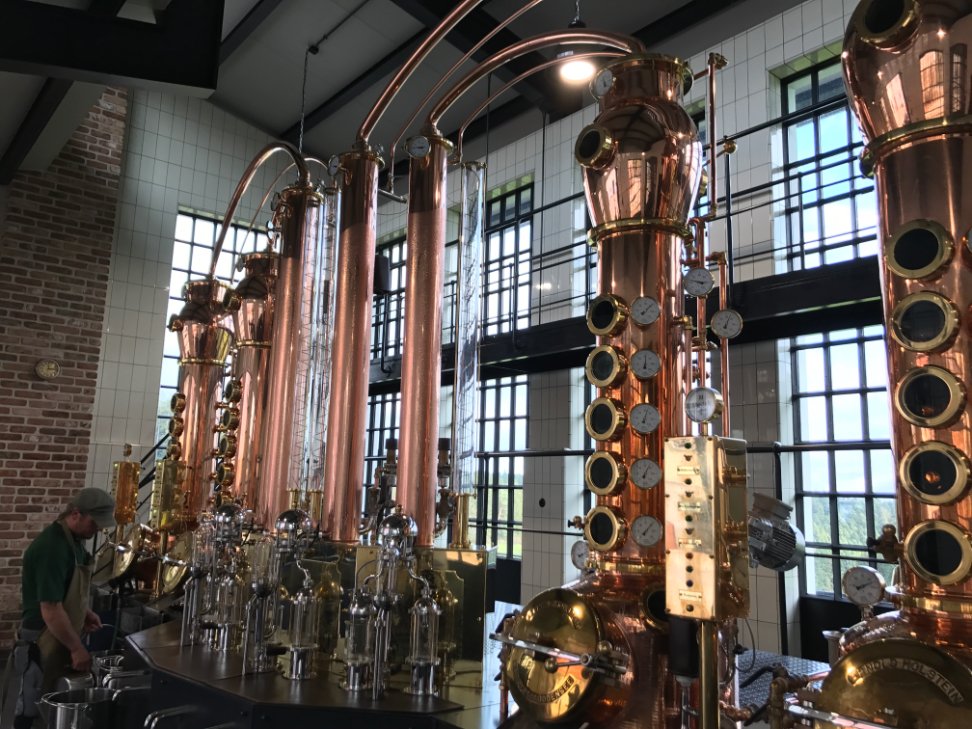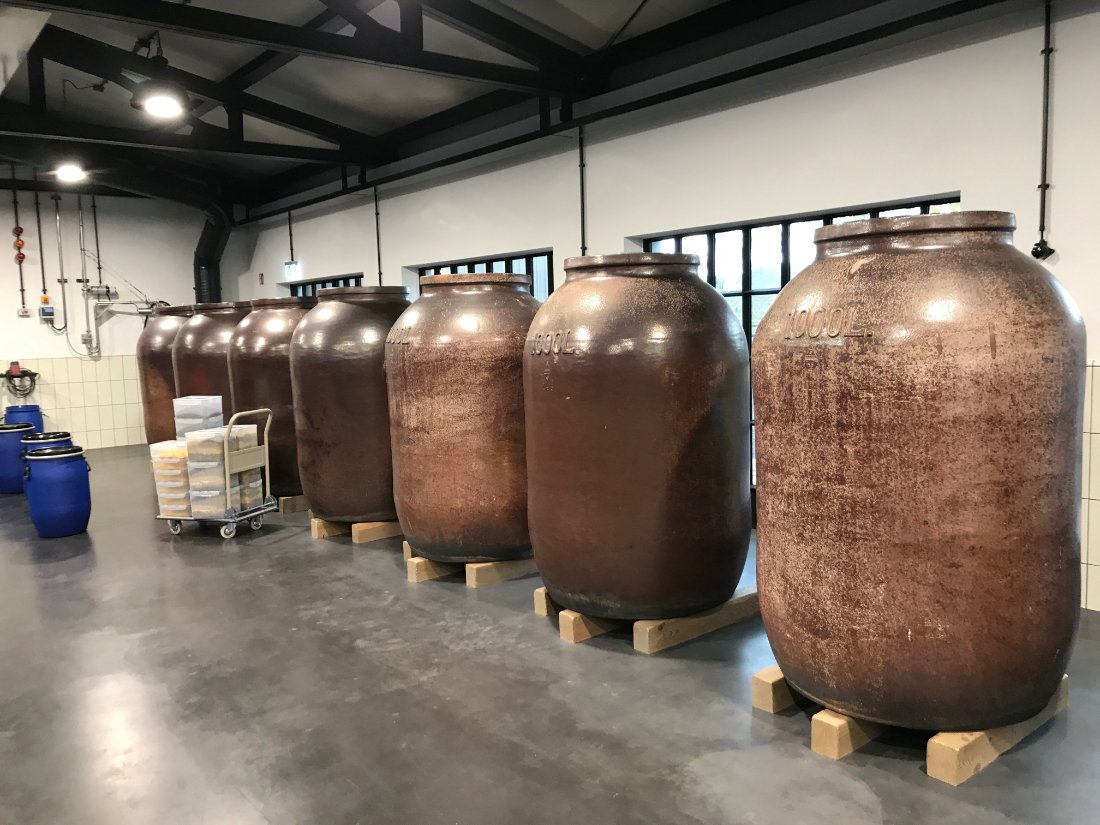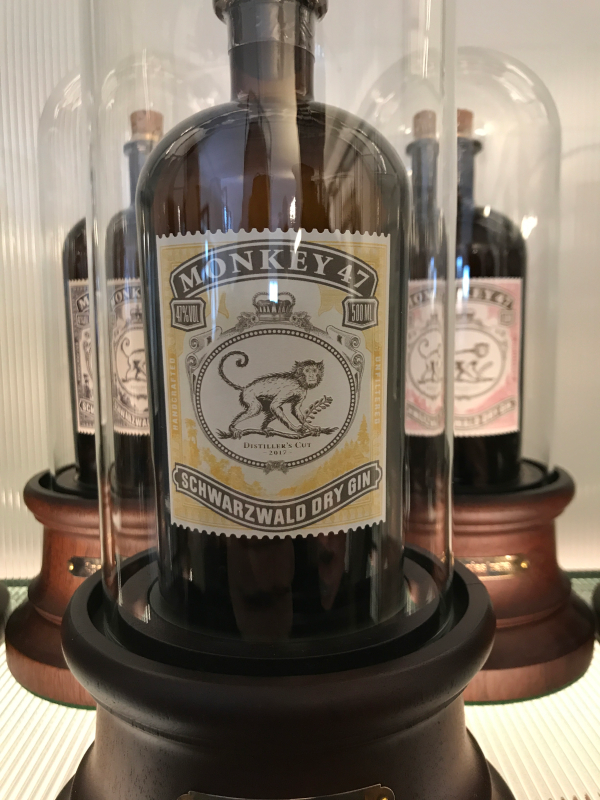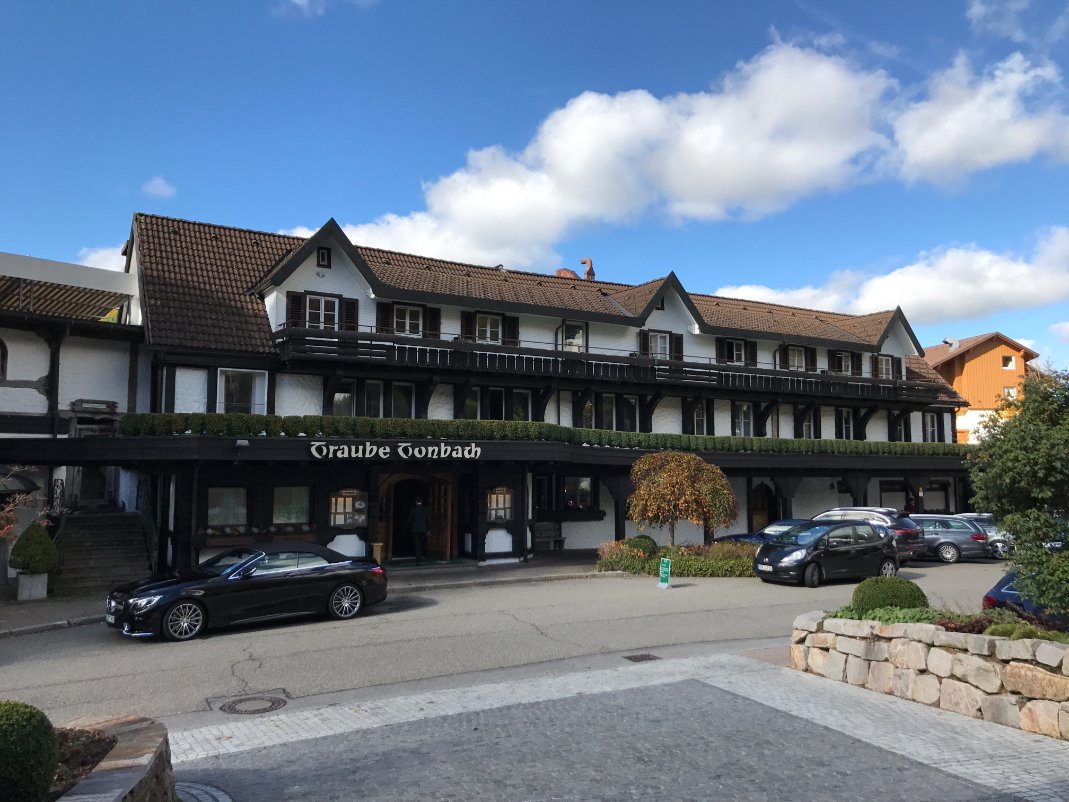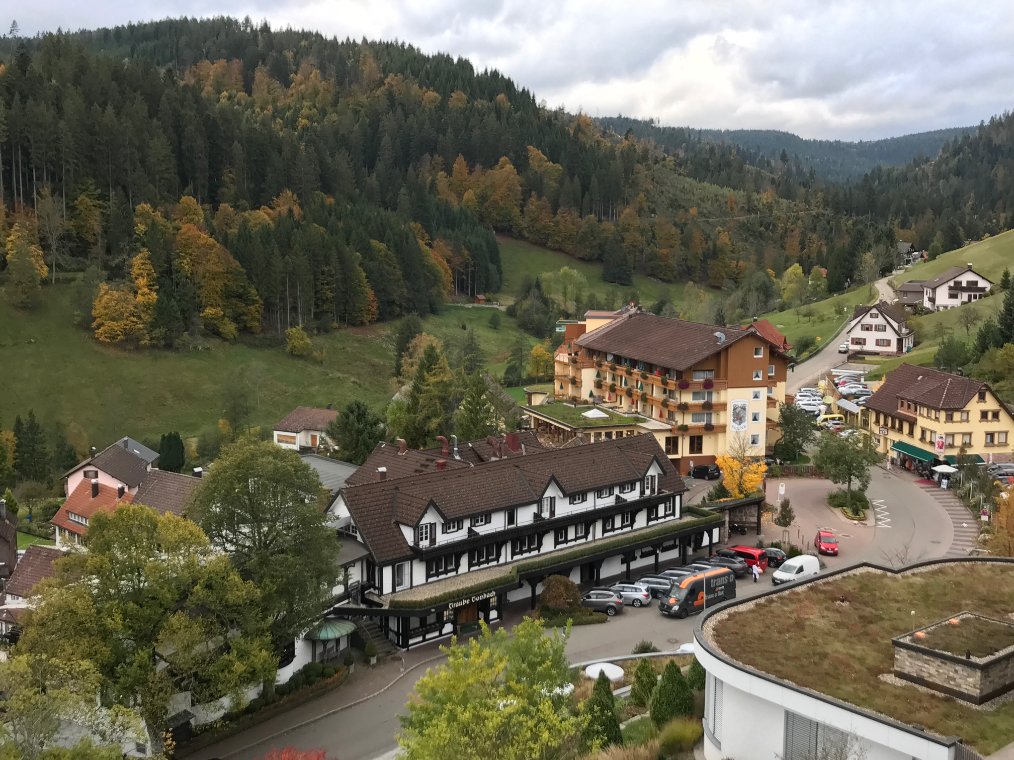It's time for the annual Alcademics drink book round-up! Below are all the books that have come to my attention in 2020. I don't follow wine/beer closely so there are only a few in that section.
The links below are to Amazon and to Bookshop.org. If you buy stuff after clicking on a link, I may receive a referral fee, thanks! If there is just one link, that's to Amazon as I only started using Bookshop mid-way through the year – you can always click over to Bookshop and search there. Bookshop.org allows you to order from small bookstores directly, or buy from a general fund that supports independent bookstores.
Whiskey Books
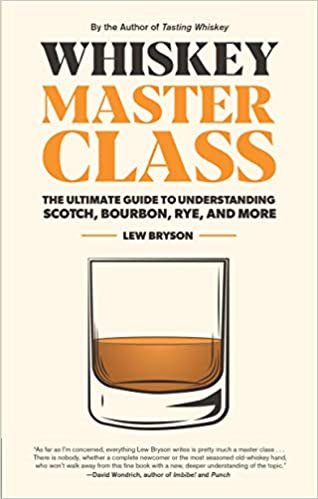 Whiskey Master Class: The Ultimate Guide to Understanding Scotch, Bourbon, Rye, and More by Lew Bryson
Whiskey Master Class: The Ultimate Guide to Understanding Scotch, Bourbon, Rye, and More by Lew Bryson
The Definitive Guide to Canadian Distilleries: The Portable Expert to Over 200 Distilleries and the Spirits they Make (From Absinthe to Whisky, and Everything in Between) by Davin de Kergommeaux and Blair Phillips
Which Fork Do I Use with My Bourbon?: Setting the Table for Tastings, Food Pairings, Dinners, and Cocktail Parties by Peggy Noe Stevens and Susan Reigler
Whisky, it's not rocket science by Mickael Guidot
Canadian Spirits: The Essential Cross-Country Guide to Distilleries, Their Spirits, and Where to Imbibe Them by Stephen Beaumont and Christine Sismondo
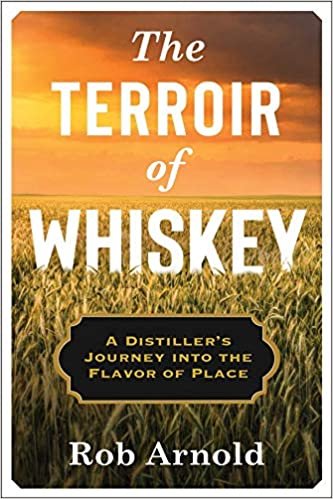 Scotch: A Complete Introduction to Scotland’s Whiskies by Margarett Waterbury buy on: [Amazon][Bookshop]
Scotch: A Complete Introduction to Scotland’s Whiskies by Margarett Waterbury buy on: [Amazon][Bookshop]
The Curious Bartender’s Guide to Malt, Bourbon & Rye Whiskies by Tristan Stephenson [Amazon] [Bookshop]
The Sazerac by Tim McNally [Amazon] [Bookshop]
Beginner's Guide to Whiskey: Traditions, Types, and Tastes of the Ultimate Spirit by Sam Green [Amazon][Bookshop]
The Terroir of Whiskey: A Distiller's Journey Into the Flavor of Place by Rob Arnold [Amazon][Bookshop]
American Spirit: Wild Turkey Bourbon from Ripy to Russell by David Jennings [Amazon][Bookshop]
Other Spirits: Gin, Rum
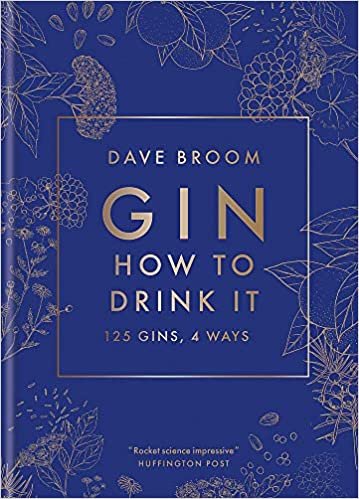 Gin: How to Drink it: 125 Gins, 4 Ways by Dave Broom [Amazon]
Gin: How to Drink it: 125 Gins, 4 Ways by Dave Broom [Amazon]
The Curious Bartender’s Guide to Rum by Tristan Stephenson [Amazon] [Bookshop]
Brand Books
Seedlip Cocktails: 100 Delicious Nonalcoholic Recipes from Seedlip & The World's Best Bars by Seedlip
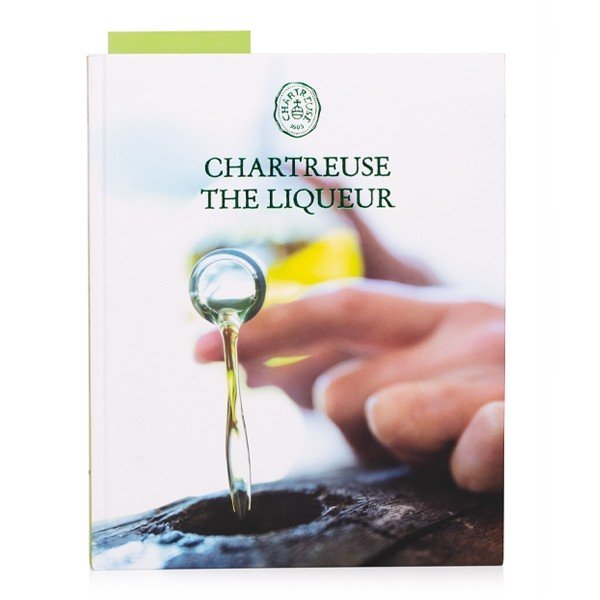 Chartreuse, The Liqueur [CocktailKingdom]
Chartreuse, The Liqueur [CocktailKingdom]
A Long Stride: The Story of the World's No. 1 Scotch Whisky by Nicholas Morgan buy on: [Amazon][Bookshop]
Science Food and Drink Books
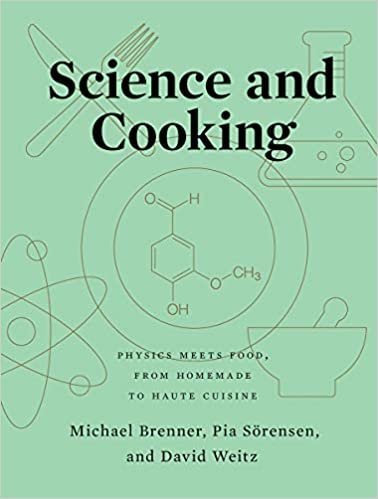 Science and Cooking: Physics Meets Food, From Homemade to Haute Cuisine by Michael Brenner, Pia Sörensen, David Weitz [Amazon][Bookshop]
Science and Cooking: Physics Meets Food, From Homemade to Haute Cuisine by Michael Brenner, Pia Sörensen, David Weitz [Amazon][Bookshop]
Nose Dive: A Field Guide to the World's Smells by Harold McGee: [Amazon][Bookshop]
The Flavor Equation: The Science of Great Cooking Explained in More Than 100 Essential Recipes by Nik Sharma [Amazon][Bookshop]
Beer, Wine, Vermouth, Sake, Fermentation
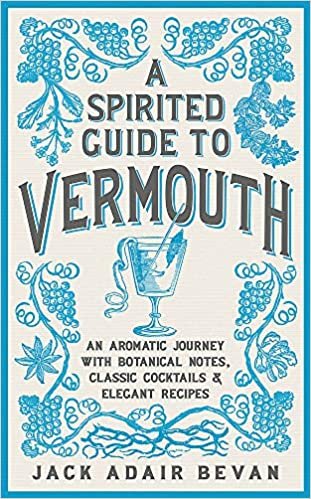 Beer: Taste the Evolution in 50 Styles by Natalya Watson
Beer: Taste the Evolution in 50 Styles by Natalya Watson
A Spirited Guide to Vermouth: An Aromatic Journey with Botanical Notes, Classic Cocktails and Elegant Recipes by Jack Adair Bevan
How to Make Hard Seltzer: Refreshing Recipes for Sparkling Libations by Chris Colby [Amazon] [Bookshop]
Wine, Unfiltered: Buying, Drinking, and Sharing Natural Wine by Katherine Clary [Amazon] [Bookshop]
Hugh Johnson s Pocket Wine Book by Hugh Johnson [Amazon]
The Wine Game by Zeren Wilson [Buy]
The Japanese Sake Bible: Everything You Need to Know About Great Sake (With Tasting Notes and Scores for Over 100 Top Brands) by Brian Ashcraft [Amazon][Bookshop]
Journey of Sake: Stories and Wisdom from an Ancient Tradition [Amazon]
Fermentation as Metaphor by Sandor Ellix Katz [Amazon] [Bookshop]
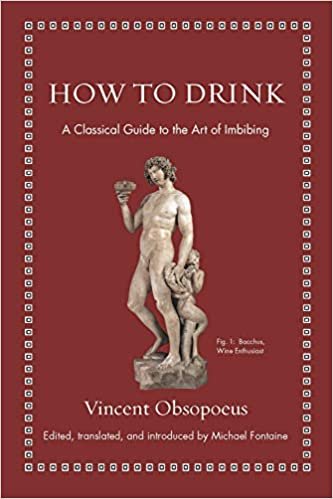 History Books
History Books
Rabbinic Drinking: What Beverages Teach Us About Rabbinic Literature by Jordan D. Rosenblum
How to Drink: A Classical Guide to the Art of Imbibing (Ancient Wisdom for Modern Readers) by Vincent Obsopoeus [Amazon] [Bookshop]
Non-Alcoholic Drinks
How to Drink without Drinking: Celebratory alcohol-free drinks for any time of the day by Fiona Beckett [Amazon] [Bookshop]
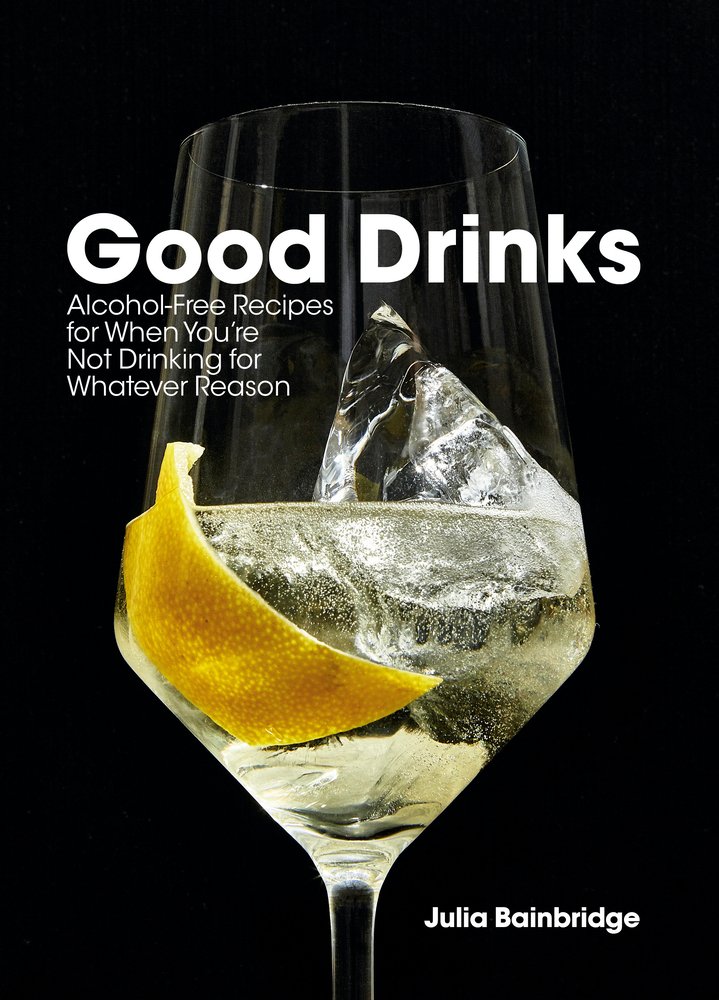 Good Drinks: Alcohol-Free Recipes for When You're Not Drinking for Whatever Reason by Julia Bainbridge [Amazon] [Bookshop]
Good Drinks: Alcohol-Free Recipes for When You're Not Drinking for Whatever Reason by Julia Bainbridge [Amazon] [Bookshop]
FIZZ: A Beginners Guide to Making Natural, Non-Alcoholic Fermented Drinks
by Elise van Iterson and Barbara Serulus
Zero: A New Approach to Non-Alcoholic Drinks [Amazon] [The Aviary]
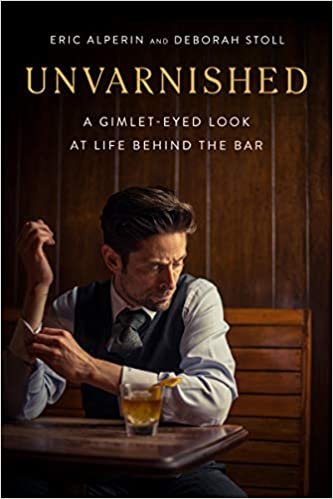 Bartending: Narrative and Professional
Bartending: Narrative and Professional
Unvarnished: A Gimlet-eyed Look at Life Behind the Bar by Eric Alperin and Deborah Stoll
Bartender as a Business: Building Agency from Craft by Jason Littrell [Amazon][Bookshop]
Botanical Focus and Witchcraft
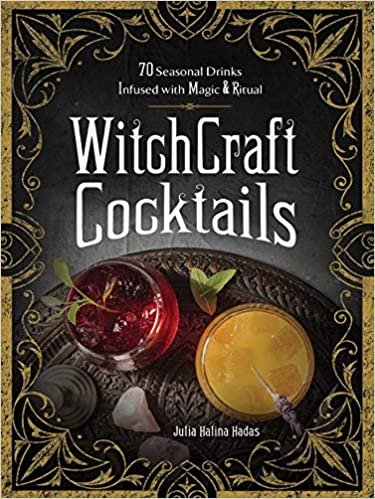 Garden to Glass: Grow Your Drinks from the Ground Up by Mike Wolf
Garden to Glass: Grow Your Drinks from the Ground Up by Mike Wolf
Wild Remedies: How to Forage Healing Foods and Craft Your Own Herbal Medicine by Rosalee de la Forêt and Emily Han
WitchCraft Cocktails: 70 Seasonal Drinks Infused with Magic & Ritual by Julia Halina Hadas [Amazon] [Bookshop]
Potions, Elixirs & Brews: A modern witches' grimoire of drinkable spells by Anais Alexandre [buy on Bookshop ] [buy on Amazon]
Blackthorn's Botanical Brews: Herbal Potions, Magical Teas, and Spirited Libations by Amy Blackthorn [buy on Bookshop ] [buy on Amazon]
Cocktail Books
General/Classic/Historic Cocktail Books
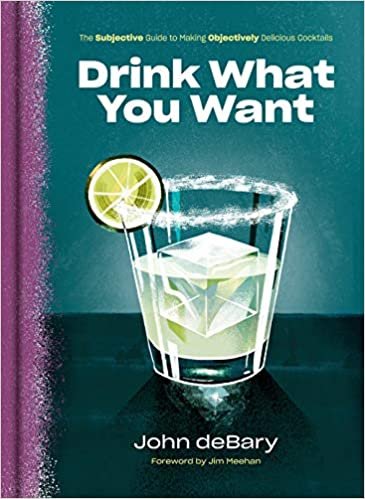 Vintage Spirits and Forgotten Cocktails: Prohibition Centennial Edition: From the 1920 Pick-Me-Up to the Zombie and Beyond – 150+ Rediscovered Recipes … With a New Introduction and 66 New Recipes by Ted Haigh (Author)
Vintage Spirits and Forgotten Cocktails: Prohibition Centennial Edition: From the 1920 Pick-Me-Up to the Zombie and Beyond – 150+ Rediscovered Recipes … With a New Introduction and 66 New Recipes by Ted Haigh (Author)
Drink What You Want: The Subjective Guide to Making Objectively Delicious Cocktails by John deBary
Spirited: Cocktails from around the World by Adrienne Stillman [Amazon] [Bookshop]
The New Craft of the Cocktail: Everything You Need to Know to Think Like a Master Mixologist, with 500 Recipes by Dale DeGroff [Amazon] [Bookshop]
On the House: Over 100 Essential Tips and Recipes for the Home Bartender by Cider Mill Press buy on: [Amazon][Bookshop]
Classic Cocktails by Brian D. Hoefling [Amazon][Bookshop]
Splash: Modern Classic Cocktails by Ivy Mix (Author), Whoo Kid [Amazon]
CO Specs: Recipes & Histories of Classic Cocktails by Cas Oh [Amazon]
Themed Cocktail Books
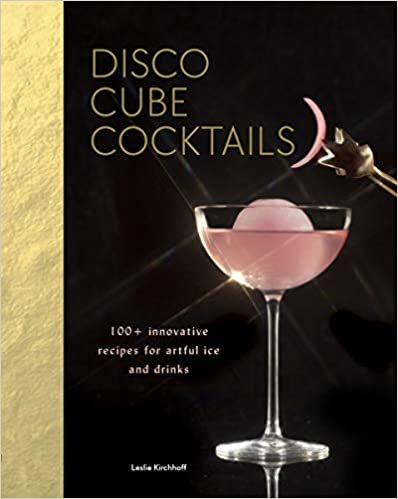 The Good Reverend's Guide to Infused Spirits: Alchemical Cocktails, Healing Elixirs, and Cleansing Solutions for the Home and Bar by Steven Grasse, Sonia Kurtz, Michael Alan
The Good Reverend's Guide to Infused Spirits: Alchemical Cocktails, Healing Elixirs, and Cleansing Solutions for the Home and Bar by Steven Grasse, Sonia Kurtz, Michael Alan
Camp Cocktails: Easy, Fun, and Delicious Drinks for the Great Outdoors by Emily Vikre
Drinking with Chickens: Free-Range Cocktails for the Happiest Hour by Kate E. Richards
Easy Tiki: A Modern Revival with 60 Recipes by Chloe Frechette
Disco Cube Cocktails: 100+ innovative recipes for artful ice and drinks by Leslie Kirchhoff
Essential 3-Ingredient Cocktails: 75 Classic And Contemporary Drinks To Make At Home by Amy Traynor
Pink Gin: More than 30 pink-hued cocktails
Optimistic Cocktails Vol 1
Drink What You Want: The Subjective Guide to Making Objectively Delicious Cocktails.
Behind the Bar: 50 Cocktail Recipes from the World's Most Iconic Hotels by Alia Akkam [Amazon] [Bookshop]
Fizz: 80 Joyful Cocktails and Mocktails for Every Occasion by Olly Smith [Amazon] [Bookshop]
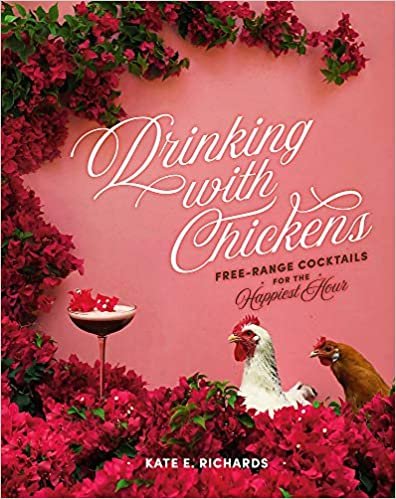 Beautiful Booze: Stylish Cocktails to Make at Home by Natalie Migliarini and James Stevenson [Amazon] [Bookshop]
Beautiful Booze: Stylish Cocktails to Make at Home by Natalie Migliarini and James Stevenson [Amazon] [Bookshop]
The Cocktail Dictionary: An A-Z of cocktail recipes, from Daiquiri and Negroni to Martini and Spritz by Henry Jeffreys [Amazon] [Bookshop]
Peaky Blinders Cocktail Book: 40 Cocktails Selected by The Shelby Company Ltd by Sandrine Houdre-Gregoire [Amazon] [Bookshop]
The Shaken and the Stirred: The Year's Work in Cocktail Culture (The Year's Work: Studies in Fan Culture and Cultural Theory) Edited by Stephen Schneider and Craig N. Owens [Amazon] [Bookshop]
T𝗵𝗲 𝗧𝗼𝗮𝘀𝘁 𝗼𝗳 𝘁𝗵𝗲 𝗥𝗲𝗺𝗼𝘁𝗲 𝗛𝗼𝘀𝘁𝘀 by Grade A Fancy Magazine [buy]
Star Trek Cocktails: A Stellar Compendium by Glenn Dakin buy on: [Amazon][Bookshop]
Classy as Fuck Cocktails: 60+ Damn Good Recipes for All Occasions buy on: [Amazon][Bookshop]
Shake Strain Done: Craft Cocktails at Home by J. M. Hirsch buy on: [Amazon][Bookshop]
Tequila & Tacos: A Guide to Spirited Pairings by Katherine Cobbs buy on: [Amazon][Bookshop]
Queer Cocktails: 50 Cocktail Recipes Celebrating Gay Icons and Queer Culture by Lewis Laney [Bookshop]
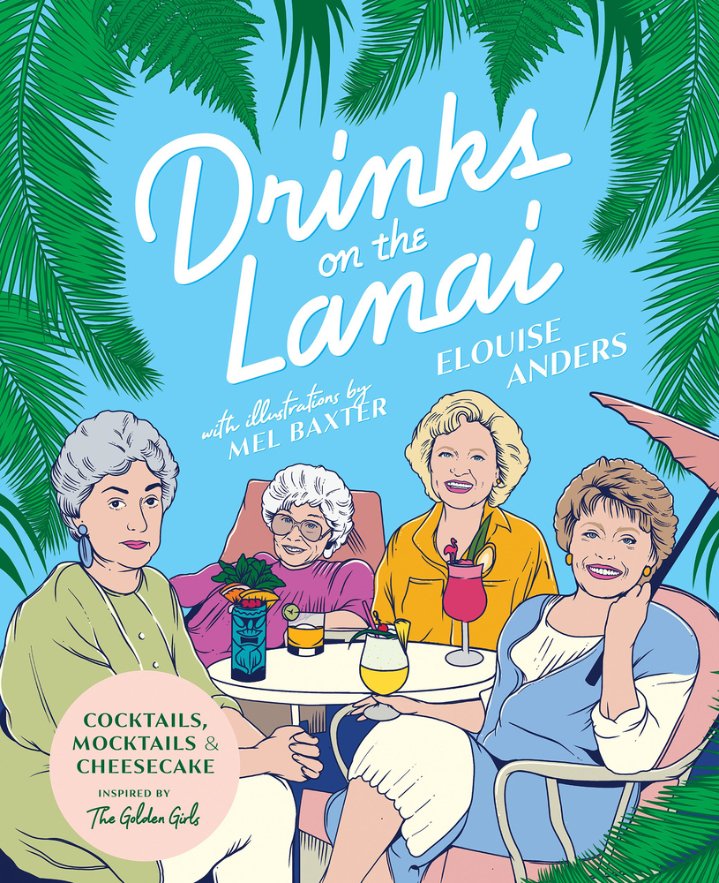 Drinks on the Lanai: Cocktails, Mocktails And Cheesecake Inspired By The Golden Girls by Elouise Anders [Amazon][Bookshop]
Drinks on the Lanai: Cocktails, Mocktails And Cheesecake Inspired By The Golden Girls by Elouise Anders [Amazon][Bookshop]
The Aviary: Summer Cocktails [The Aviary]
Give Me Liberty and Give Me a Drink!: 65 Cocktails to Protest America’s Most Outlandish Alcohol Laws by C. Jarrett Dieterle
Very Merry Cocktails: 50+ Festive Drinks for the Holiday Season by Jessica Strand [Amazon][Bookshop]
Winter Drinks: Over 75 recipes to warm the spirits including hot drinks, fortifying toddies, party cocktails and mocktails [Amazon][Bookshop]
Bar L.M. by Lindsay Matteson [etsy]
How to Drink Like a Royal by Albert W. A. Schmid [Amazon][Bookshop]
Have Yourself a Merry Little Cocktail: 80 Cheerful Tipples to Warm up Winter by Emma Stokes [Amazon][Bookshop]
Düngeonmeister: 75 Epic RPG Cocktail Recipes to Shake Up Your Campaign by Jef Aldrich, Jon Taylor [Amazon][Bookshop]
Drink Books Tied to Places
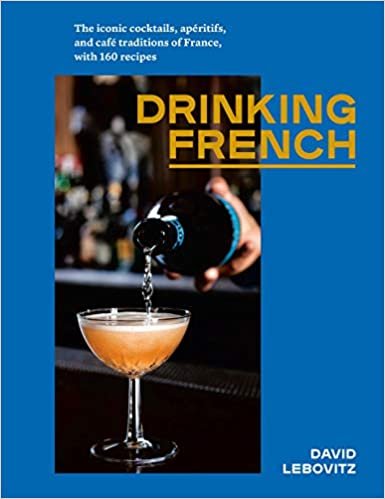 Distilled in Vermont: A History & Guide with Cocktail Recipes by Chris Maggiolo [Amazon] [Bookshop]
Distilled in Vermont: A History & Guide with Cocktail Recipes by Chris Maggiolo [Amazon] [Bookshop]
The United States of Cocktails: Recipes, Tales, and Traditions from All 50 States (and the District of Columbia) by Brian Bartels [Amazon] [Bookshop]
Behind Bars: High Class Cocktails Inspired by Low Life Gangsters by Vincent Pollard [Amazon] [Bookshop]
Spirits of Latin America: A Celebration of Culture & Cocktails, with 100 Recipes from Leyenda & Beyond by Ivy Mix
Drinking French: The Iconic Cocktails, Apéritifs, and Café Traditions of France, with 160 Recipes by David Lebovitz
The Pikes Cocktail Book: Rock 'n' roll cocktails from one of the world's most iconic hotels by Dawn Hindle
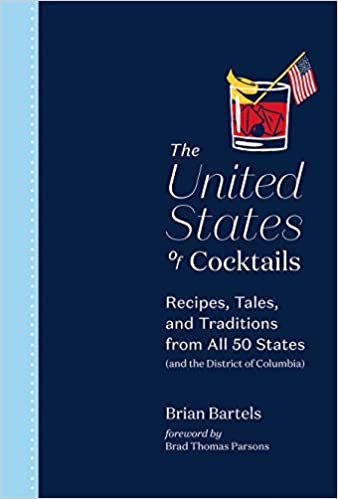 Apotheke: Modern Medicinal Cocktails by Christopher Tierney, Erica Brod [Amazon][Bookshop]
Apotheke: Modern Medicinal Cocktails by Christopher Tierney, Erica Brod [Amazon][Bookshop]
Drink-Culture Related Books
The Book of Ichigo Ichie: The Art of Making the Most of Every Moment, the Japanese Way by Héctor García and Francesc Miralles
